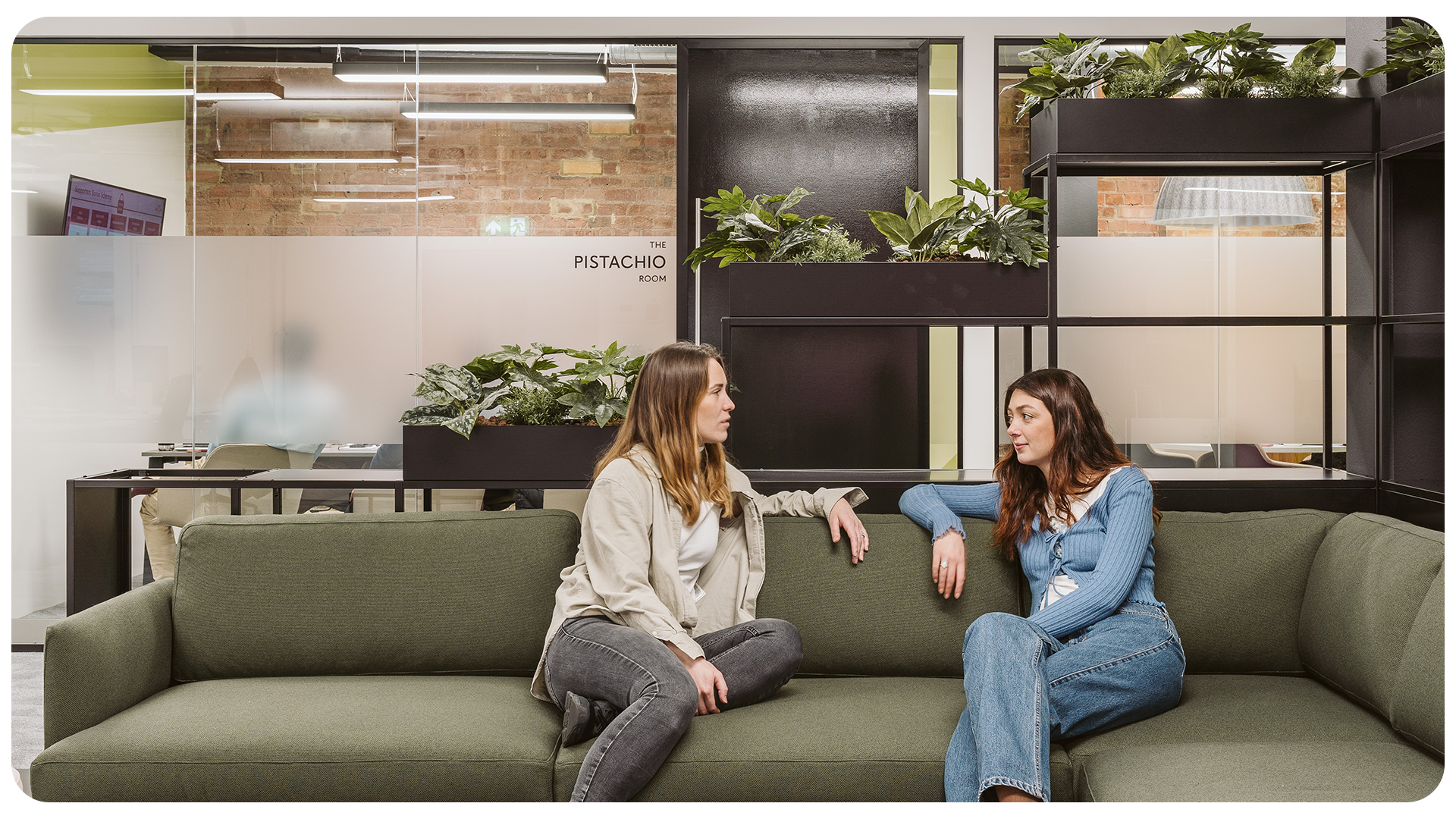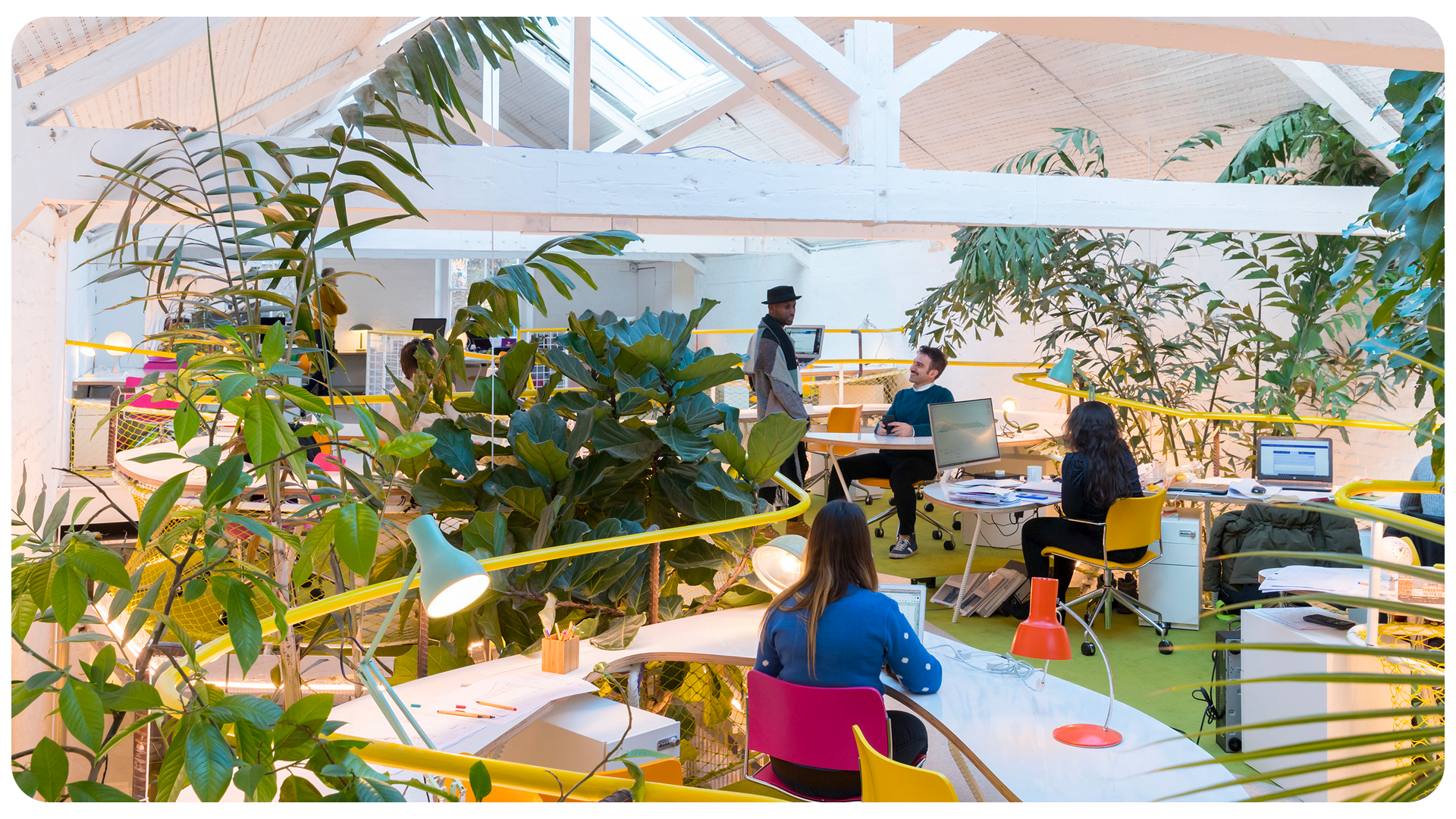The Future of Office Space is Green

As businesses expand and innovate, addressing your carbon footprint is a crucial responsibility. This involves evaluating not only your operational practices but extending consideration to every part of your business, including technology and, notably, your workspace.
Embracing sustainability can be motivated by various factors. Beyond the obvious benefits of reducing your carbon footprint, the impact extends beyond environmental advantages. Here are some compelling reasons that may not have crossed your mind:
Internal Motivators:
- Sustainable office design principles prioritise improving working conditions, safety and overall efficiency.
- Beyond the primary goal of environmental impact, sustainable businesses can leverage tax incentives, access government grants and appeal to ESG investors.
- Fostering a sustainable environment often aligns with improved ethical behavior among employees.
- In a society increasingly conscious of the environment, sustainability stands out as a key factor for top talent when considering employment opportunities.
- Sustainable practices contribute to cost savings. For example; reduced energy bills, more affordable packaging and transportation and minimised expenses from waste removal through effective reuse and recycling.
External Motivators:
- Going green allows you to market your business as environmentally conscious, appealing to consumers who prioritise sustainability.
- Creating an eco-friendly image can leave a lasting positive impression on potential partners, customers and suppliers.
- Embracing sustainability gives you a competitive edge over competitors who may not prioritise environmentally friendly practices.
Navigating the Sustainable Office Space Landscape

Identifying green buildings is crucial for businesses committed to fostering eco-friendly work environments. Here are key factors to consider when you’re out viewing for your next office space:
- Energy-Efficient Design:
Look for buildings designed with energy efficiency in mind. This includes features such as smart lighting systems, advanced insulation and renewable energy sources, all contributing to reduced energy consumption.
- Certifications and Ratings:
Recognised certifications, such as BREEAM (Building Research Establishment Environmental Assessment Method) or LEED (Leadership in Energy and Environmental Design), serve as strong indicators of a building’s commitment to sustainability. These certifications often consider various aspects, including energy performance, water usage and overall environmental impact.
It’s important to note that certifications like BREEAM and LEED are not mandatory for buildings in the UK. However, having a valid Energy Performance Certificate (EPC) is a legal requirement for leasing a property. Currently, commercial spaces must hold a minimum EPC rating of E, but there are proposed changes on the horizon. By 2027, the minimum rating is anticipated to shift to C, aligning with the collective efforts globally to combat climate change.
- Waste Management Practices:
Green buildings prioritise efficient waste management through recycling programs and waste reduction initiatives. An eco-conscious office space will have clear and accessible recycling stations, promoting responsible waste disposal.
- Indoor Air Quality:
Sustainable offices prioritise the health and well-being of occupants. Look for buildings with robust indoor air quality measures, including proper ventilation, low-VOC (volatile organic compound) materials and green cleaning practices.
- Water Conservation Features:
Efficient water use is a hallmark of sustainable buildings. Look for features such as low-flow faucets, water-efficient landscaping, and, where feasible, systems for rainwater harvesting. These elements contribute to overall water conservation efforts.
- Transportation Accessibility:
Sustainable office spaces often prioritise accessibility through eco-friendly transportation options. Proximity to public transportation, bike storage facilities and electric vehicle charging stations are positive indicators of a green building.
- Natural Light and Ventilation:
Buildings designed for sustainability maximise natural light and ventilation, reducing the need for artificial lighting and air conditioning. Look for office spaces that utilise daylighting strategies and incorporate operable windows for natural airflow.
- Community and Environmental Integration:
A green building extends its impact beyond its immediate boundaries. Consider the integration of green spaces, outdoor areas and initiatives that contribute positively to the local community and the environment.
By carefully assessing these factors, you can confidently choose office spaces that align with your sustainability goals, creating a positive impact on both the planet and the well-being of your employees.
If you or your business would like help in seeking out sustainable office locations in London or further afield, reach out to Soul Spaces today and a member of our expert office search team will be happy to get in touch.






